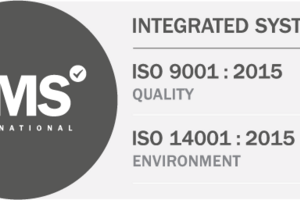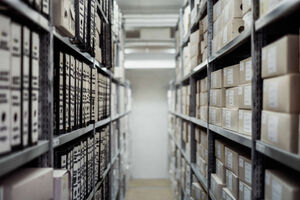24 May 2018
Understanding your energy bill
With Greenlite’s simple guide, you can get to grips with your energy bill and find out exactly where your money is going
Here at Greenlite Group, we’re passionate about helping you make positive choices when it comes to energy. Our goal is to enable your business to take control over its energy usage, using LED lighting and clever, modern technologies.
To improve energy efficiency the first, crucial step involves reaching a detailed understanding of your bills. They can be baffling at best, so we’ve broken down the charges into a handy guide, so you can pinpoint exactly where your cash is going.
Did you know, for example, that you’re forking out for levies, as well as covering the cost of the distribution network and retailer’s customer service department? Read on, to discover more about the costs contributing to your energy bill… *
Wholesale costs
The biggest chunk of your bill (36.3%), the wholesale energy costs are the amount the energy companies pay to buy the electricity, which they sell on to you. They may buy from the wholesale market, have a contract with an electricity generator, or be part of a company generating its own energy. The retailers – such as British Gas and Npower – often have to buy this raw energy well in advance, to ensure they have enough to meet demand. If suppliers don't invest in enough, they may have to buy more later on at a higher price, depending on the market.
Network costs
Electricity is transmitted from its source to your business via a vast network of wires. Energy suppliers pay the companies that operate these networks, so they can deliver the electricity to your meter. It’s these costs that form the second biggest portion of your bill, at around 27%.
Operating costs
These are the essential running costs of the energy companies, and they make up just over 16% of your bill. They include overheads such as wages, rent, customer service departments and the operating costs of equipment or a facility.
Environmental & social costs
Energy bills include levies which fund government initiatives, designed to save energy, reduce emissions and encourage us to adopt renewable energy. They also include the cost of social programmes like the Warm Homes Discount, which provides financial support to more vulnerable members of society, who may not be able to afford fuel. These costs account for around 14% of our bills.
Pre-tax margin
This is the difference between the money an energy company receives from their customers and the costs they incur delivering that energy. This ‘margin’ isn’t pure profit though. The cash also has to cover tax and fund debt payments, plus other costs.
The next steps
Now that you have a clearer understanding of your electricity charges, the next step is to find out how you can cut your energy consumption. And that’s where we come in. Greenlite Group can help you analyse your usage, identify waste and propose cost effective changes, to make you more energy efficient. The upshot? A greener business and a healthier bottom line.
* Source: https://www.ofgem.gov.uk/publications-and-updates/infographic-bills-prices-and-profits
Find out more about making positive energy changes in our book, Knowledge is Power, the Greenlite guide to smarter energy. For your hard copy, contact hello@greenlitegroup.co.uk or call us on 0844 880 2116.


